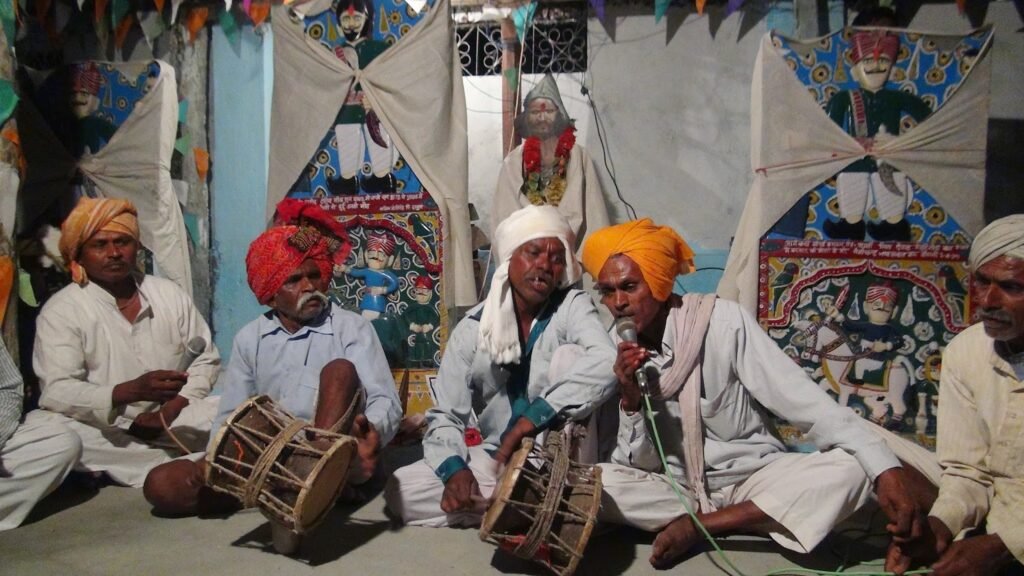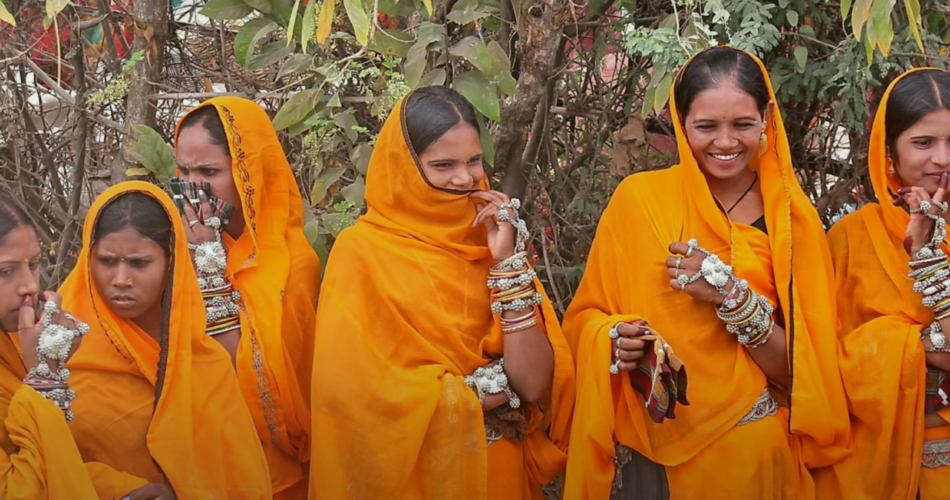In the heart of India’s rugged hills and dense forests resides a vibrant community known as the Bhil tribe. The Bhil tribe is one of the oldest indigenous groups in India, with a rich history and unique cultural heritage that sets them apart. Let’s take a closer look at who the Bhil tribe is and what makes them so special.
Who Are the Bhil Tribe?
The Bhil tribe is made up of various ethnic communities living in the southern regions of Rajasthan and neighboring areas of western India. They are known for their resilience and strong sense of independence, shaped by their rugged environment. With a population of over 12 million according to the 2001 census, the Bhil tribe is one of the largest tribal groups in India.

A Glimpse into Bhil Culture
The Bhil tribe has a rich cultural tapestry woven with ancient traditions and customs. Their folklore and mythology reflect their deep connection to the land and nature. From stories of their origins to their rituals honoring ancestral spirits, every aspect of Bhil culture is infused with a sense of reverence for the natural world.



Life in Bhil Communities
Life in Bhil communities revolves around close-knit family ties and mutual support. Traditional hamlets, known as bhala, dot the landscape, each inhabited by families belonging to the same clan. The villages have a hereditary headman who plays a central role in village affairs.


Beliefs and Practices
Religion plays a significant role in Bhil life, with a blend of animistic beliefs and Hindu influences. They worship various deities of nature and perform rituals to seek protection from evil spirits. Fire is considered sacred, and animal sacrifice is a common practice in Bhil religious ceremonies.

Challenges and Opportunities
Despite their rich cultural heritage, the Bhil tribe faces numerous challenges, including poverty, illiteracy, and lack of access to basic amenities. However, efforts are being made to empower and uplift the Bhil community through education, healthcare, and economic opportunities.
Looking Ahead
As India marches forward into the future, it’s essential to preserve and celebrate the unique identity of indigenous communities like the Bhil tribe. By embracing their cultural heritage and supporting their aspirations, we can ensure that the Bhil tribe continues to thrive for generations to come.
In conclusion, the Bhil tribe is not just a community; they are the custodians of a rich cultural legacy that deserves to be cherished and preserved. As we learn more about the Bhil tribe, let’s extend our support and appreciation for their resilience, wisdom, and contributions to Indian society.





